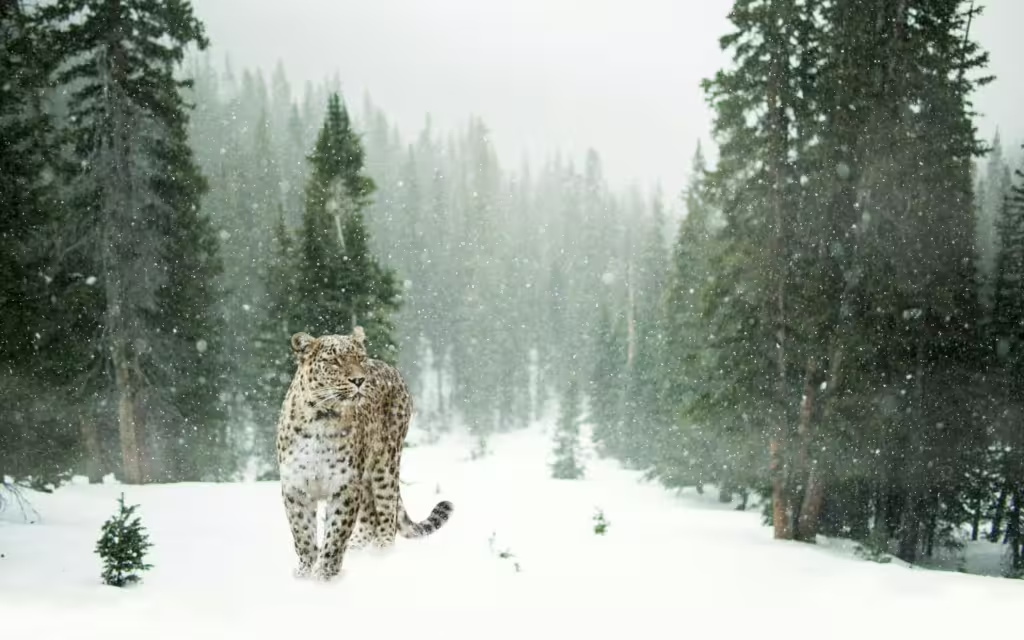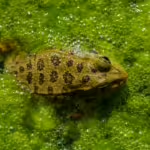Towering above valleys and plains, mountain appear like massive sentinels, standing guard against all of the natural world below. Seeing them this way, usually from a far-off distance, its easy for us to forget that these habitats are some of the most breathtaking and diverse ecosystems on planet Earth. From the snow-capped peaks of the Himalayas to the rugged hills of the Rocky Mountains, these high-altitude landscapes are shaped were shaped eons ago by the combination of extreme temperatures and time. Their steep slopes are also the result of the ever-changing weather patterns that exist in such far-flung locales.
Despite how challenging they might appear, life has flourished here, with plants and animals developing incredible adaptations in order survive in one of the planet’s harshest environments. We’re not only talking about one or two iconic creatures, mind you, though we will discuss many of those in great detail later on. No, as it happens mountains are home to an astonishing variety of wildlife, with each species uniquely suited to thrive in the thin air and rugged terrain.
Animals have thick fur to survive the frigid temperatures, clever climbing implements to help them grip unsteady, rocky surfaces, and specialized diets that allow them to subsist on meager or unusual food sources. Even the skies are alive with resilient creatures, huge predatory raptors that soar even higher above the ground, using their keen senses to search for prey among the confounding peaks and valleys.
Beyond their beauty and biodiversity, mountain ecosystems also play a crucial role in our planet’s health. Believe it or not, these biomes provide fresh water for millions of people, regulate climate patterns, and support ecosystems that extend far below the ranges themselves. Not only does protecting these landscapes ensure that the incredible animals that call them home continue to thrive, it also ensures that the countless human communities that rely on them continue to exist.
In this article, we will explore the mountains themselves. We will hike into the peaks to explore some of the most remarkable animals ever to call the mountains home. Within these case studies, we will examine their unique adaptations, and the challenges they face in our ever-changing world.
Snow Leopard (Panthera uncia)
The first animal on this list is one of the most iconic and beautiful creatures on this planet. The snow leopard, a big cat closely related to the tiger, is a highly-endangered, highly-elusive creature. These feline phenoms inhabit high-altitude regions of Central and South Asia, including the Himalayas, the Altai Mountains, and the Tibetan Plateau. While most big cats (including the Asiatic and African leopard cousins of the snow leopard, tend to make their homes in warmer, more tropical regions, these animals are well-adapted to life in the tundra.
Snow leopards possess thick, luxurious fur, which provides excellent insulation against extreme cold. In addition, the large nasal cavities of the snow leopard help to warm the air they breathe. These cats also possess long, powerful tails that help them to balance on rugged terrain. Some snow leopards even use their tails as a sort of blanket or warm wrap to ensconce themselves when they are at rest.
Unfortunately, snow leopards are among the most endangered big cats on the planet. Despite living in one of the most inhospitable, hard-to-access regions in the world, these animals are disappearing at an unsustainable pace. The main culprits are the same as they always are; namely, poaching, habitat fragmentation, and declining prey populations. Still, conservation efforts, including anti-poaching measures and habitat protection, have been helpful in slowing their decline. The problem with this is that, at this point, those conservation measures are crucial for their survival. If we want to help even further, or indeed make any difference at all, increased community engagement and ecotourism initiatives have proven effective in the past.
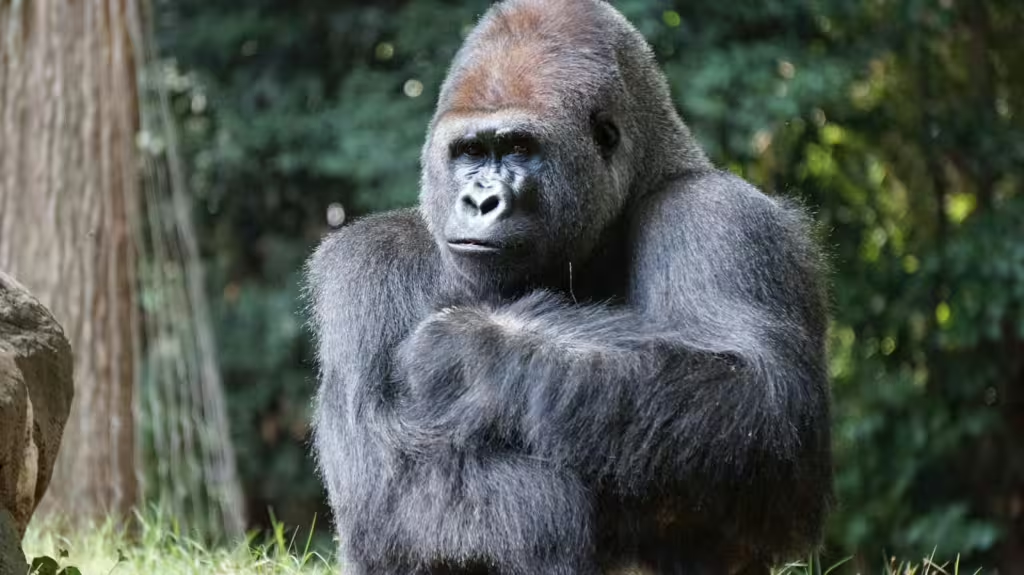
Himalayan Tahr (Hemitragus jemlahicus)
Native to the Himalayas, the Himalayan tahr is a goat-like creature that defies logic. No doubt you will find a few such ungulates on this list with similar adaptations. Among those adaptations are, a dense coat that helps it endure freezing temperatures, as well as a thick undercoat that provides insulation. Tahrs also have manes that grow longer in winter, providing even more extra warmth. Most interestingly of all is the Tahr’s hooves, which are specialized so that they can climb steep, rocky slopes. The hooves have rubbery soles allowing them to be more agile in their mountainous habitat than most would suspect.
Like most animals on the planet, however, the tahr is threatened by hunting and habitat loss. Despite the general remoteness of their habitat, they are under pressure from human encroachment. Conservation programs have been implemented to regulate hunting and protect critical habitats, but climate change also poses a significant challenge to these mountain animals, as it alters the availability of vegetation in their native range.
Alpine Ibex (Capra ibex)
Found in the European Alps, the Alpine ibex is a similarly adapted ungulate. This animal is a master climber, capable of scaling near-vertical cliffs in search of food. This ability to cling and climb also offers the Alpine ibex a unique refuge from predators; a place even the most agile of hunters simply cannot reach. They accomplish this by way of split hooves, which provide excellent grip and allow them to navigate sheer rock faces with unbridled precision.
Males ibexes are known for their long, curved horns, and often engage in dramatic head-butting contests to establish dominance during mating season. Although conservation efforts have helped their population recover from a bout of near extinction due to overhunting, climate change has proven to be a new challenge entirely; quite possibly an insurmountable one. Indeed, the warmer temperatures caused by climate change are altering alpine ecosystems, potentially impacting food sources and forcing ibex populations to adapt in ways even they are not capable of.
Andean Condor (Vultur gryphus)
The birds of the mountains are among the most awe-inspiring on the planet. The Andean condor is a relative of the vulture, though quite a bit larger than your common avian scavenger. This giant raptor soars above the Andes Mountains, using thermals to glide effortlessly with minimal energy expenditure.
With a wingspan of up to 10 feet, the Andean condor can be counted among the largest flying birds still alive. It possesses keen eyesight and sense of smell, both of which allow it to locate carrion from great distances. Thus, condors play a crucial role as scavengers, aiding in nutrient cycling both in mountain ecosystems and those that abut them.
Nevertheless, habitat degradation and poisoning from ingesting toxic bait has led to steep population declines in recent years. Most conservation efforts focus on captive breeding programs and habitat restoration, however, ensuring that these magnificent birds continue to thrive in their mountainous environment.
Mountain Gorilla (Gorilla beringei beringei)
Mountain gorillas don’t live high in the tundra or on cliff sides, but they do inhabit the dense forests of the Virunga Mountains in Central Africa. These great apes typically live at elevations up to 13,000 feet, which makes them mountain critters as far as we’re concerned. Well adapted to life at these heights, their thick fur helps the apes to withstand cold temperatures quite handily. Gorillas are, like most primates, including ourselves, are social creatures that live in family units. Mountain gorilla troops are led by a dominant silverback male, who provides protection and guidance to the rest of the group.
Despite conservation successes over the years, the mountain gorilla remains critically endangered due to habitat destruction, poaching, and oddly enough, disease transmission from humans. Still, conservationists are always working tirelessly to protect their habitat, enforce anti-poaching laws, and promote sustainable ecotourism to their habitats; the latter of which generates funding for their protection while raising awareness about the need to preserve their fragile ecosystem.
North American Mountain Lion (Puma concolor)
Like the snow leopard, the North American mountain lion also lives a higher elevations than their big cat cousins in the tropics, However, this adaptable predator is not just at home in the cold. Otherwise known as the cougar, the mountain lion roams mountain ranges of North and South America, thriving in a diverse array of environments ranging from dense forests to arid deserts.
These apex predators have powerful limbs, sharp claws, and strong jaws, all of which are coupled with a stealthy hunting style. As a result, the cougar is perfectly capable of taking down prey much larger than itself, such as deer and elk.
Sadly, habitat fragmentation and conflicts with humans threaten its population, as human development consistently encroaches on its territory at every turn. This is a problem because mountain lions play a vital role in maintaining ecological balance. This is why efforts to preserve their habitat and implement wildlife corridors are so essential to ensuring their long-term survival.
Markhor (Capra falconeri)
The markhor is yet another wild goat with impressive mountaineering skills. This creature is most recognized by its spiraled horns and agility. Markhor live in the mountainous regions of Central and South Asia, including Pakistan, Afghanistan, and Tajikistan. And though the animal’s uncanny agility enables it to traverse rocky terrains effortlessly, it has to contend with predators like snow leopards if it wants to survive.
Males markhor often engage in dramatic horn-clashing battles during the breeding season as a means of asserting dominance and impressing females. Sadly, those horns are quite sought after by poachers, which combined with habitat loss, have rendered the markhor an endangered species. Conservation programs, including anti-poaching initiatives and community-based wildlife management, have shown promise in increasing population numbers, but more needs to be done. Fortunately for the markhor, its status as Pakistan’s national animal has helped contribute to increased awareness and protection efforts.
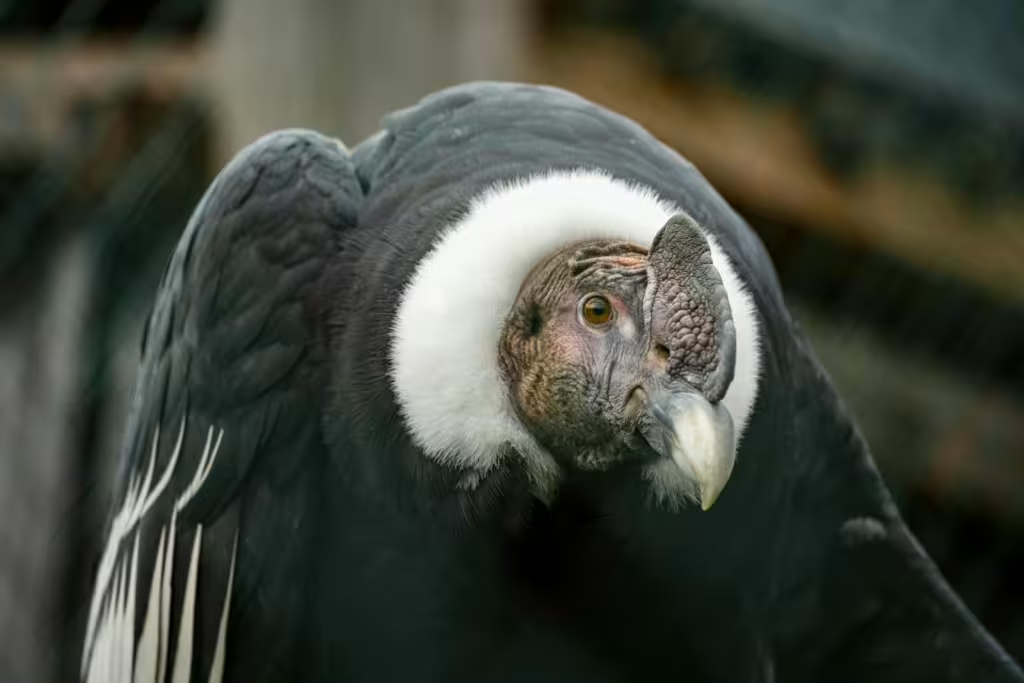
Pika (Ochotona princeps)
Not all mountian animals are big, impressive, or hooved. The pika is a small, rabbit-like mammal that inhabits rocky slopes in North America and Asia, particularly in alpine and subalpine regions. Pikas are essential to the mountain ecosystem because, as prey creatures, many other animals depend on their existence in order to feed. They also eat flowers and grasses, which keeps them trimmed and stops them from overgrowing in any given mountain biome.
These adorable critters do not hibernate, as one might believe; instead, they collect and store food for winter, creating haypiles of grasses and flowers. Their high-pitched calls can be head echoing through the mountains, serving as both warnings and territorial signals. Climate change poses a significant threat to the pika, though, as rising temperatures force them to migrate to higher elevations, reducing their available habitat. In some places, at lower altitudes, pika populations have already disappeared, which is why modern conservationists are studying pikas as indicators of climate change.
Chamois (Rupicapra rupicapra)
Chamois are agile antelope-like (not goat-like) creatures that can be found in European mountain ranges, including the Alps and Carpathians. These animals have flexible hooves, like the Alpine ibex, which allow them to move swiftly across rocky surfaces. Adept climbers, these social animals live in small herds, though males tend to become more solitary outside of the mating season.
Unfortunately, overhunting and habitat disturbance have led to conservation concerns in some regions. Nevertheless, populations remain stable in protected areas, even if climate change and increased human activity continue to pose new threats with each passing year.
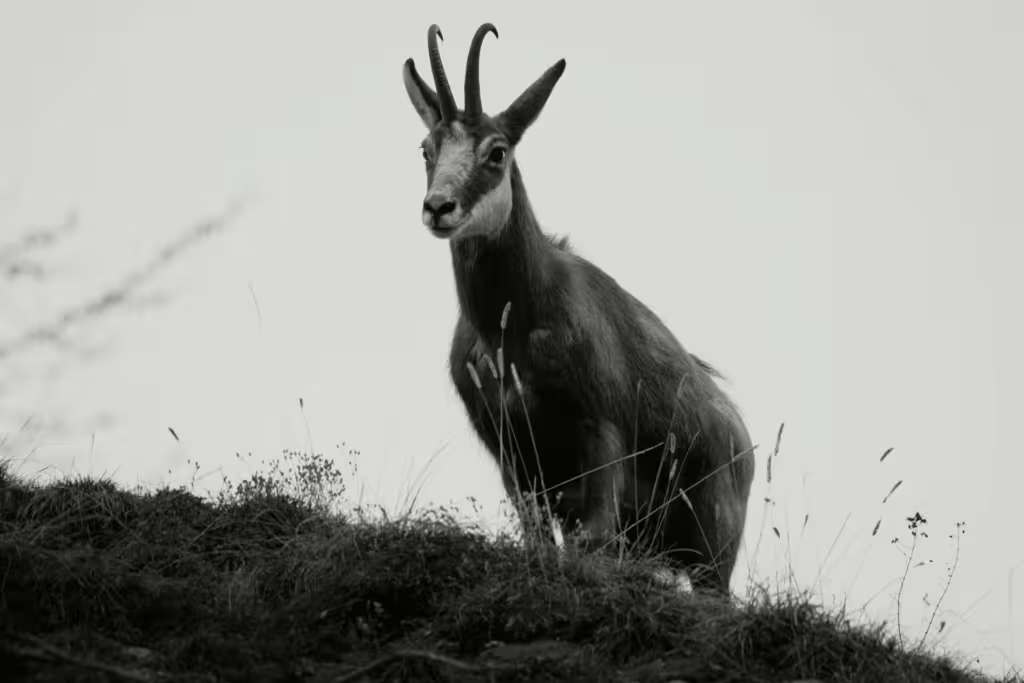
True Investigator Says…
As you can see, mountain ecosystems contain some of the most amazing, adaptable animals on the planet. Unfortunately, though they are remote and difficult to traverse, humans have managed to make their way into even the most mountainous of mountain ecosystems. These places might seem rough and hardy, but they are perhaps more fragile and vulnerable to climate change, deforestation, and human encroachment than many other biomes. Perhaps it is because resources are already scarce and because the animals that live there are a vital piece of what makes the mountains hum.
Fortunatelt, many conservation organizations are working to protect the species that live in the mountains, as well as the mountains themselves. This is done through habitat preservation, anti-poaching laws, and rewilding programs, but ongoing efforts have become all-but-necessary in order to ensure that these incredible mountain creatures continue to thrive. Still, b understanding and protecting the unique wildlife of the mountains, we ca do much to spread the word and preserve biodiversity, while still maintain the delicate balance of these ecosystems.
Discover more from TrueInvestigator
Subscribe to get the latest posts sent to your email.
